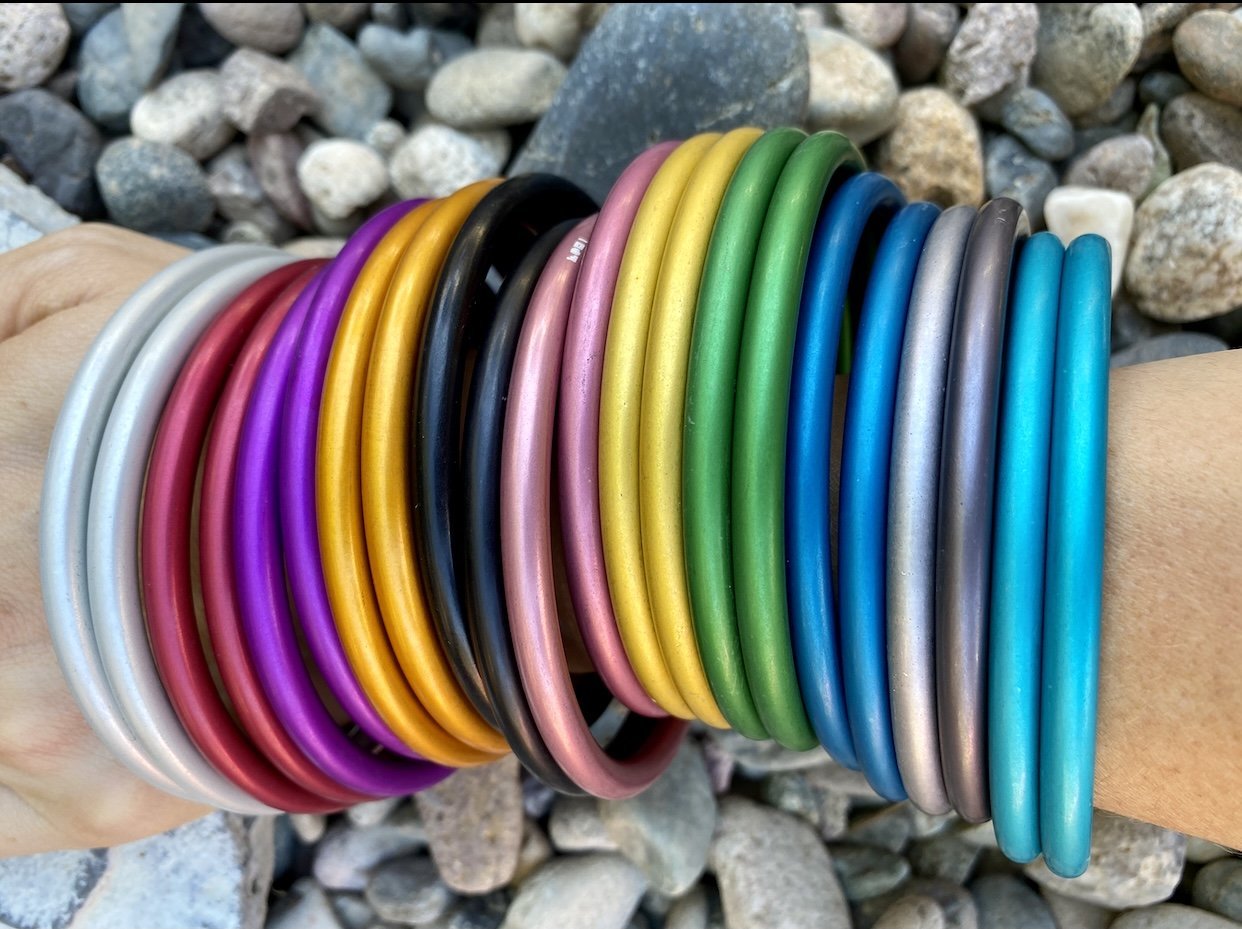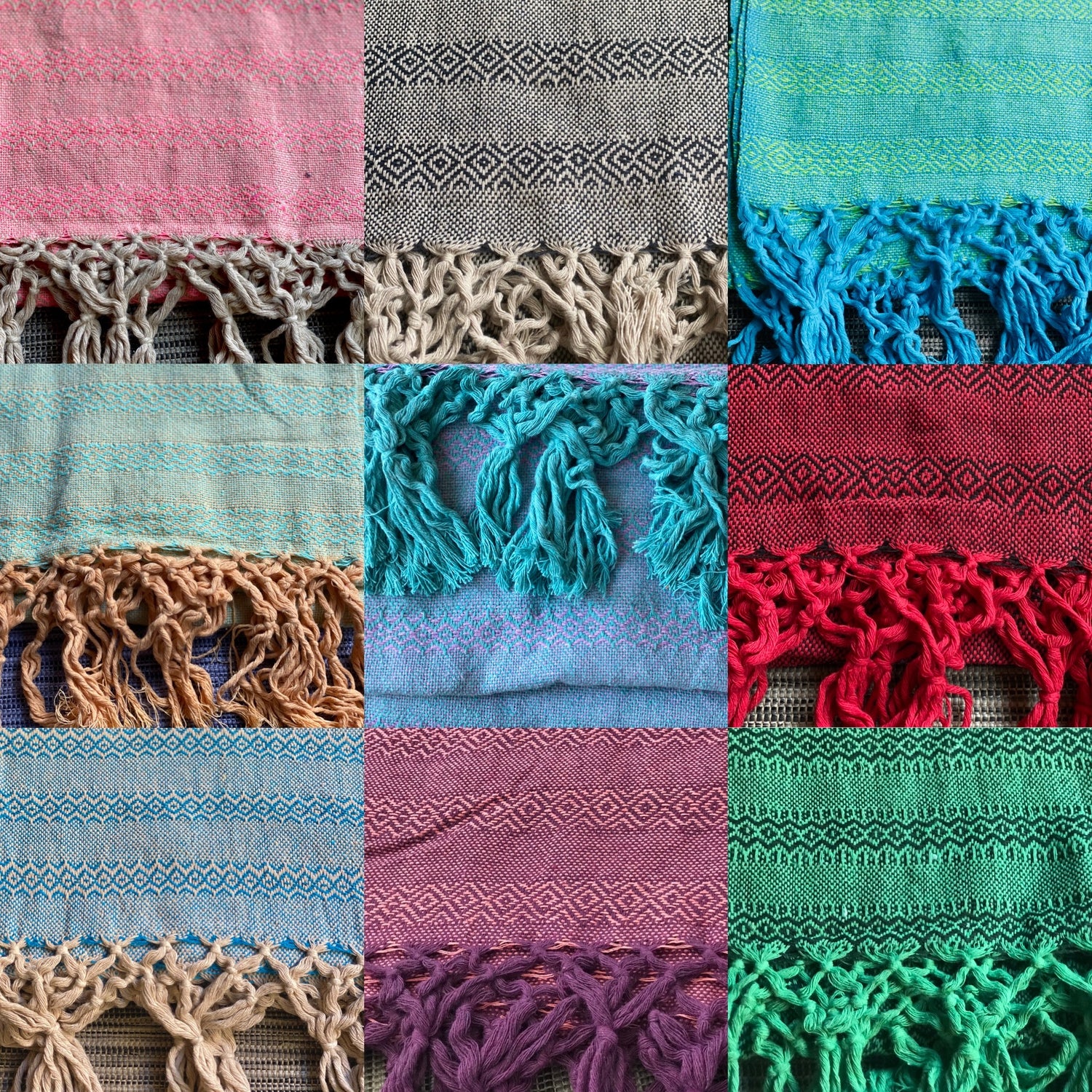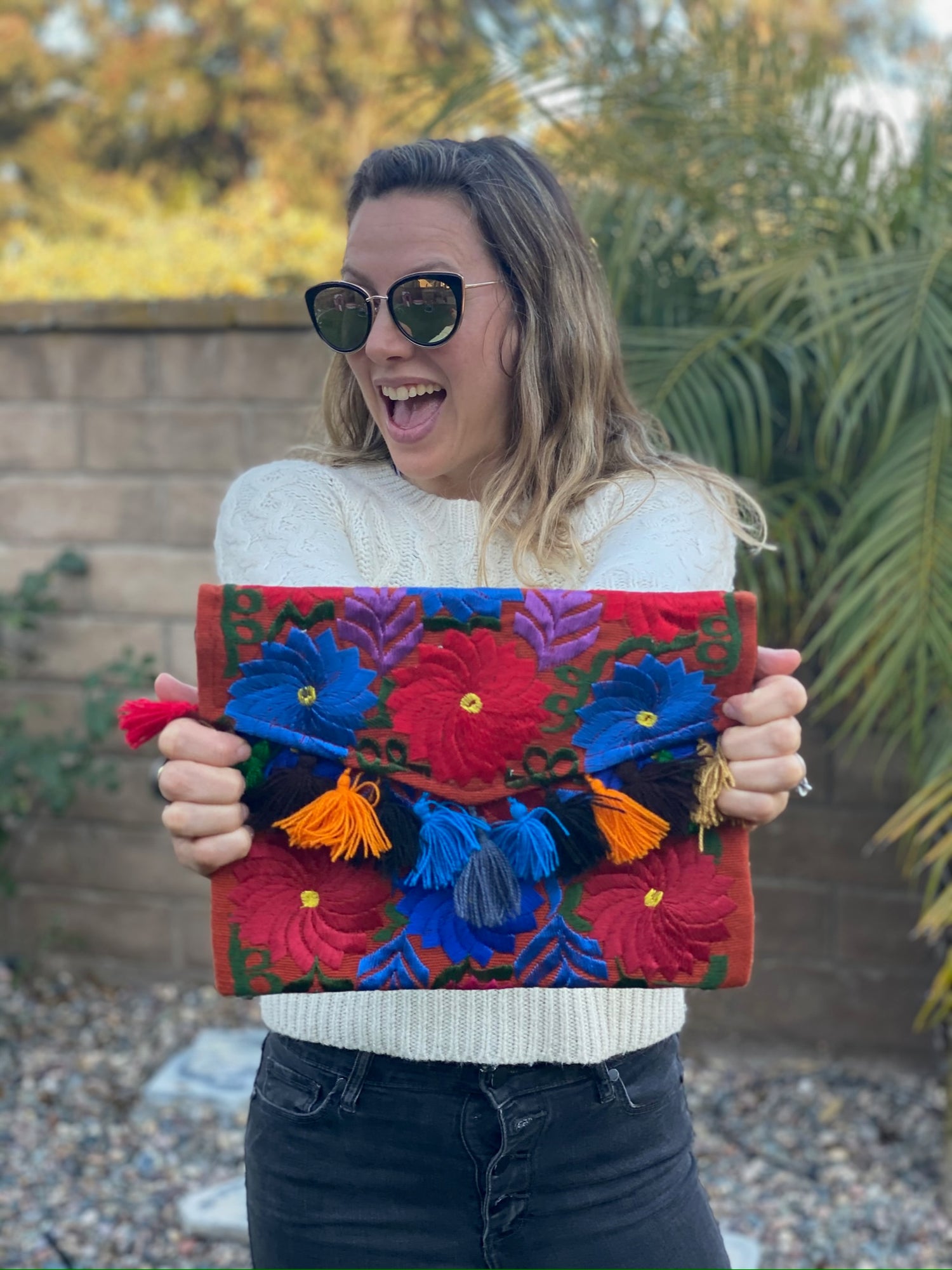Mexican rebozos are gaining popularity around the world for their unique blend of tradition and style.
These versatile shawls are not just fashion statements; they represent a rich cultural heritage and artisanal craftsmanship that appeal to many international audiences.
As you explore the beauty of rebozos, you may find yourself drawn to their stories and the careful techniques used to create them.

This surge in interest can also be attributed to changing fashion trends that value authenticity and sustainability.
Rebozos, traditionally worn by women in Mexico, are designed in various styles and colors, making them perfect for modern wardrobes. Their adaptability enhances their appeal as they go beyond mere fashion items, serving as symbols of identity and pride.
Understanding the significance behind the rebozo helps appreciate its role in Mexico's cultural landscape. You will discover how this beautiful textile connects past and present, reaching audiences far beyond its origins.
Key Takeaways
- Rebozos represent a rich cultural heritage that attracts global interest.
- Their unique craftsmanship and design make them versatile fashion choices.
- The increasing demand for authentic and sustainable fashion highlights their significance.
The History and Significance of the Mexican Rebozo

The Mexican rebozo has a rich history that highlights its importance in culture and tradition. This versatile garment reflects the blending of indigenous and colonial influences, making it a cherished symbol of Mexican identity. Let's explore its origins, cultural symbolism, and its place in contemporary society.
Origins and Evolution
The rebozo dates back to the 17th century, originating from indigenous weaving techniques.
Originally used as a simple shawl, it was made from materials like cotton, silk, and wool. Over time, it evolved into a more intricate garment featuring complex designs, such as ikat patterns.
The rebozo gained prominence during the colonial period when mestizo women began to adopt it as part of their attire. It served practical purposes, like shielding from the sun and carrying children, cementing its role in daily life. By the 18th century, it became more fashionable and was associated with cultural rituals and events, paving the way for its current status.
Cultural Symbolism
In Mexican culture, the rebozo represents more than just a garment; it embodies tradition and identity.
It is often linked to significant events, such as Mexican Independence Day, where many women wear rebozos in a show of pride. The rebozo symbolizes resilience. During the Mexican Revolution, adelitas, or female soldiers, wore the rebozo as a sign of strength and unity.
Notable figures like Empress Carlota and Frida Kahlo helped elevate its status in fashion, showcasing its beauty. The rebozo's designs often reflect regional craftsmanship, making each piece unique. This connection to heritage adds depth to its significance, making it a powerful icon of Mexican culture.
The Rebozo in Modern Times
Today, the rebozo is experiencing a revival in popularity both in Mexico and internationally.
Contemporary fashion designers like Zandra Rhodes and Carla Fernandez incorporate the rebozo into modern styles, blending traditional methods with current trends.
The rebozo is not just a fashion item; it is a statement of cultural pride and artistic expression. As globalization spreads, the rebozo is being embraced by various audiences for its beauty and significance. Events and exhibitions celebrate this garment, enhancing its appeal and inspiring new generations to appreciate this traditional piece of clothing.
Craftsmanship and Design: Producing a Rebozo

Producing a Mexican rebozo involves traditional craftsmanship that combines skillful techniques and distinct materials. Each piece tells a story through its design, colors, and patterns, rooted in the culture of the regions where it is made.
Weaving Techniques and Materials
The rebozo is typically crafted using a backstrap loom, a method that allows artisans to weave their fabrics with precision. This technique connects the weaver directly to the loom, providing flexibility in creating intricate designs.
Artisans often use materials such as cotton, silk, rayon, and sometimes even wool.
Cotton is favored for its breathability and comfort, while silk provides a luxurious feel. Each material contributes to the rebozo’s unique texture and appearance.
The process is meticulous, often involving several days to complete a single piece. Artisans take pride in using sustainable and local materials, respecting traditions passed down through generations.
Regions of Production
Rebozos are crafted in several regions across Mexico, each known for distinct styles. Notable areas include Oaxaca, Chiapas, Tenancingo, San Luis Potosí, Santa María de Río, and Uriangato.
In Oaxaca and Chiapas, vibrant colors and elaborate designs reflect indigenous heritage. Tenancingo is recognized for its detailed fringes and fine embroidery. Each region adds its unique flavor to the designs, influenced by local culture and customs.
You can often find distinct patterns and styles that showcase the identity of the region, making each rebozo a representation of its origin.
Patterns, Colors and Trends
The patterns and colors of rebozos are diverse and often convey cultural significance. You may notice bold colors like deep reds, blues, and yellows, alongside intricate motifs inspired by nature and local themes.
In contemporary fashion, many designers are incorporating rebozos into modern styles, showcasing them as versatile accessories. Some designs feature simple, elegant patterns that appeal to wider audiences.
Fringe is a traditional element, often hand-knotted, that enhances the visual appeal. The blend of ancient techniques with modern aesthetics creates a unique fusion, attracting international attention.
As you explore the world of rebozos, you appreciate how craftsmanship not only preserves history but also adapts to contemporary tastes.
Frequently Asked Questions

This section addresses common inquiries about Mexican rebozos, highlighting their cultural significance, usage during pregnancy, historical background, modern adaptations, purchasing options, and regional variations in materials and designs.
What cultural significance does the Rebozo hold in Mexican traditions?
The rebozo is more than just a garment; it is a symbol of Mexican heritage. It represents femininity, tradition, and identity for many women. During celebrations such as Mexican Independence Day, the rebozo becomes a way to express pride in cultural roots.
How is a Rebozo used during pregnancy and childbirth?
Rebozos play a vital role in pregnancy and childbirth. They are often used to provide support and comfort. Women use rebozos for wrapping their bodies during labor and even for swaddling newborns, highlighting the support role of this traditional item.
What is the history behind the traditional Mexican Rebozo?
The rebozo has a rich history dating back to the 16th century. It was initially influenced by indigenous and Spanish styles. Over the years, it has evolved into a beloved and essential part of everyday life and special occasions in Mexico.
In what ways are Rebozos being adapted for modern fashion?
Modern designers are reinterpreting the rebozo for contemporary styles. You can find rebozos in various fabrics, colors, and patterns, making them suitable for both traditional and casual wear. This blend of old and new incorporates the rebozo into everyday fashion.
Where can one purchase authentic Mexican Rebozos?
Authentic Mexican rebozos can be found in various places, including local markets, artisan shops, and online retailers. Look for vendors who specialize in traditional textiles to ensure you are getting a genuine product.
How do the materials and designs of Rebozos reflect regional differences within Mexico?
Different regions of Mexico produce unique styles of rebozos.
Materials like wool, cotton, and silk vary by area.
Additionally, the designs often showcase local cultural symbols and techniques, reflecting the diverse artistry across the country.




